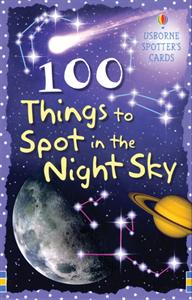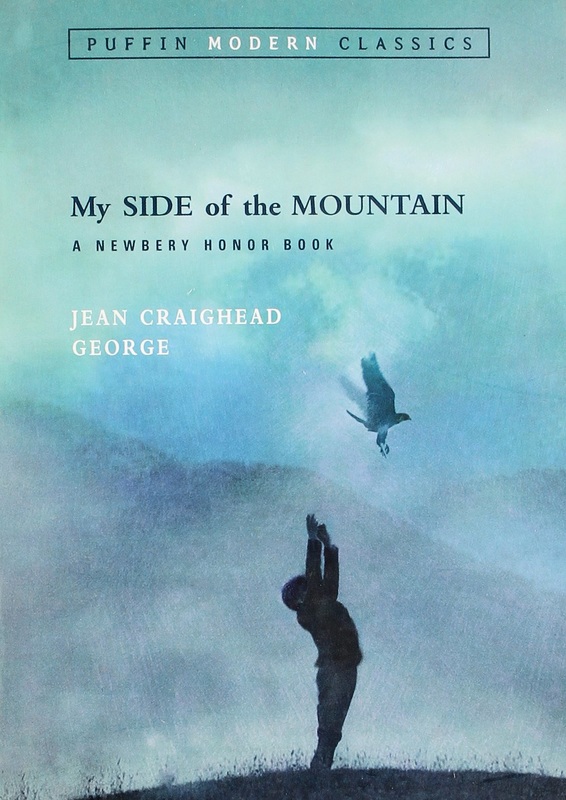Please share!

After wanting to know what butterflies need to eat, Liliana read about butterflies. And then, we went to our farmer's market, talked to our horticulturist, and bought flowers so the butterflies would be well-fed.
It all started with getting out into nature. And was followed by reading to help her learn about her world.
Liliana has been bugging me to get our annual butterfly kit. But, before we got the kit for this year (and it warmed up so we could actually do it), I wanted her to find out what butterflies need to live and grow. And this, required us to go outside.
We walked in our local parks. We walked around in our Botanical Gardens. We walked up and down our sidewalks looking for butterflies and observing them. Really, we've just been talking a lot about butterflies.
And this brings me to this week's quick tip. If reading is a way to know more about the world, or to find out answers to questions that you have about the world, then you need to get out into nature, so you have relevant questions about the world - so you can find out the answers.
So, we've also then realized we have local resources to help us understand more about butterflies. We have a wonderful horticulturist at our local farmer's market. We asked him questions about flowers and butterflies. For this particular topic, other adults in the neighborhood have offered their insight and experiences with butterflies. Our Museum of Natural History has a butterfly exhibit that we visited.
And this got us talking to people and asking more questions. And needing to find the answers to more questions. And then asking more questions. And then reading for more answers.
We've been doing a lot of reading for answers about butterflies. Because we have a lot of questions. And that's because Liliana has gone out into nature and explored.
And isn't that what it's all about?
So, here are a few ideas to include nature, questions, and science in with your reading. It all begins with going for walks, bike rides, boat rides - casual brushes with nature.
Kids always have questions about nature. And their questions will help you pick the right reading choices.
Little ones just want to know what something is and what it does. Early elementary kids want to know how things work and older kids try to understand their relationship to nature - how they affect it, can change it and how it can affect them.
Let's get them outside and let's bump into nature!
For Little Ones
Go on lots of walks. I find that walks can turn into questions about our environment. You will probably talk a lot about bugs, the weather, flowers and more bugs. And sometimes, my personal favorite, sunshine and shadows. This will inspire your reading choices.
Here are some suggestions, appropriate for toddlers:
|
The perfect book to start your bug book collection.
This book puts beautiful pictures with information about books. And, it comes Eric Carle approved! |
A busy, sturdy book about flowers packed with information. This book has been one of Lily's favorites about flowers.
It helps that the flaps are very, very sturdy so it keeps her wanting to open them and find out what's underneath! |
These books require the use of a flashlight. But it's so cool.
Shine the flashlight under the page to reveal interesting new animals and facts. These books are really a ton of fun. |
This book by Suzy Lee, explores what happens when a little girl turns on a lightbulb. It's done in two colors and if you have a child who is fascinated with shadows and sunshine or light, this book is for you!
|
For Early Elementary School Students
Still go on walks. Elementary kids learn a lot about weather as part of their science curriculum. You could supplement that if they are really interested, or you could also include other things they might start to ask about like the dinosaurs, stars, the planets, breathing air, oceans - bigger than life concepts in nature.
Here are some suggestions, appropriate for beginning through 2nd grade elementary kids:
Here are some suggestions, appropriate for beginning through 2nd grade elementary kids:
|
Moonshot
This one is one of my favorites. It's loaded with great illustrations and information. But, you can pick and choose what you go through in one read. This is especially great if you have kids interested in doing rocket projects! We like doing stomp rockets ourselves. |
|
The text in this book is simple, so you might read it to a younger set. But, kids can be such concrete thinkers, they won't really start to understand this one until they are a bit older.
This book hits more upon how to develop an idea, how to take care of it, nurture it and allow it to grow. This fits in nicely with a talk about scientific process and growing your ideas that way. A great companion to this book is The Most Magnificent Thing. |
For Upper Elementary Students
Bigger kids start to have more complex questions about nature. They might still be asking questions about the physical nature that surrounds them (Can we travel to the planets?) but this is a great age to explore their relationship with nature and explore how strong nature can be. This will bring up surviving in nature and fantastic books like The Hatchet.
Upper elementary students are starting to find their place in the world and orient themselves to others around them, the world and nature.
And, all of these books have decent movie counterparts to watch after reading them.
Upper elementary students are starting to find their place in the world and orient themselves to others around them, the world and nature.
And, all of these books have decent movie counterparts to watch after reading them.
|
What can I say? This is a classic. It's a boy who takes care of a dog/wolf mix. This is a story of survival and companionship and to some degree, coming of age together.
And, if you like it - there are more stories to go with this one.
Guided Reading: Level Y, appropriate for 4th-6th grades.
|
This book explores the relationship between a young boy and his hunting dogs. It's not as nature driven as The Hatchet or White Fang, but remember, pets are still animals.
This book always makes me cry - but I always want to read it again. Guided Reading: Level X, appropriate for 4th grade on up. |
The start to a trilogy about a young boy who runs away to live in the Catskills.
The book goes through his survivalist adventures and will certainly bring out the adventurer in you. Guided Reading: Level U, appropriate for summer between 3rd and 4th grade on up or as a read-aloud, earlier. |
Enjoy (outside)!














